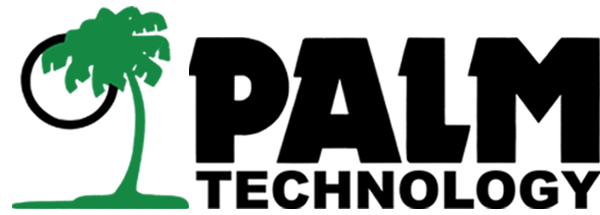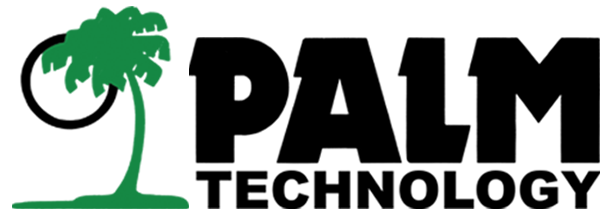Zinc and Zinc-Nickel Plating
Overview of Zinc and Zinc-Nickel Plating
Zinc and Zinc-Nickel electroplating are widely used corrosion protection processes applied to steel and iron components. Zinc provides sacrificial protection, corroding preferentially to protect the base metal. Zinc-nickel, an advanced alloy plating, offers enhanced corrosion resistance, especially in demanding automotive, aerospace, and military environments. Both can be applied using acid-based or alkaline-based electrolytes, each offering unique advantages in terms of coverage, throwing power, and deposit characteristics.
Key Benefits of Zinc and Zinc-Nickel Plating:
- Excellent corrosion resistance for steel components
- Cost-effective and scalable for mass production
- Zinc-nickel offers 5x–10x better corrosion protection than standard zinc
- Compatible with chromate conversion coatings for added protection and color
- Provides uniform coverage on complex geometries
Zinc Plating Processes: Acid vs Alkaline
Zinc plating is performed electrolytically using either acid zinc or alkaline zinc solutions. Both processes deposit pure zinc on the substrate, but their operational characteristics and end-use applications vary.
Acid Zinc Plating
- Faster plating speed and high efficiency
- Bright, smooth, and decorative finish
- Lower operating cost and easy to maintain
- Lower throwing power—less ideal for deep recesses or blind holes
- Used in fasteners, brackets, and hardware where appearance is important
Alkaline Zinc Plating
- Excellent throwing power and uniform coverage on complex parts
- Matte or satin finish, less decorative but more functional
- Better performance on high-strength steels prone to hydrogen embrittlement
- Ideal for automotive and structural components with difficult geometries
Zinc-Nickel Alloy Plating
Zinc-nickel plating is a high-performance coating consisting typically of 12–15% nickel and the remainder zinc. It significantly improves corrosion protection and is especially resistant to white and red rust formation in salt spray testing. Zinc-nickel is used extensively in automotive, aerospace, defense, and heavy equipment industries.
- Exceptional corrosion resistance (up to 1,000+ hours in salt spray)
- Superior performance under cyclic corrosion or high-temperature environments
- Minimal buildup—ideal for precision components and threaded fasteners
- Compatible with trivalent passivates (black, blue, or clear chromates)
- Available in acid or alkaline bath chemistries
Acid Zinc-Nickel
- Brighter, more decorative finish
- Higher plating speed and current efficiency
- Suited for high-volume parts with simple geometries
Alkaline Zinc-Nickel
- Superior coverage in recessed areas or complex parts
- Better alloy control and coating distribution
- Preferred in aerospace and critical automotive applications
Compatible Substrates for Zinc and Zinc-Nickel
These processes are primarily used on:
- Carbon Steel: Most common substrate for sacrificial corrosion protection
- Low-Alloy and Tool Steels: Protected by zinc or zinc-nickel without altering mechanical properties
- Iron Castings: With appropriate activation and surface prep
- Stainless Steel and Copper: May require underlayers or special activation for adhesion
Applications of Zinc and Zinc-Nickel Plating
- Automotive: Brake lines, fuel system components, fasteners, and brackets
- Aerospace: Hydraulic fittings, clamps, and connectors
- Defense: Ground equipment, small arms parts, and corrosion-prone components
- Industrial: Machine parts, electrical enclosures, and general hardware
- Construction: Bolts, anchors, and structural fasteners
Environmental and Process Considerations
Zinc and zinc-nickel plating systems are typically paired with trivalent chromium passivates to meet modern RoHS and REACH regulations. Wastewater treatment, fume control, and energy efficiency are important aspects of compliant plating line design. Alkaline systems tend to be more environmentally stable but require careful pH and additive control.
Conclusion
Zinc and zinc-nickel plating offer robust, cost-effective solutions for protecting steel parts from corrosion. Whether using acid or alkaline chemistries, these coatings can be tailored to meet the specific demands of industries ranging from automotive to aerospace, delivering extended part life and enhanced performance in challenging environments.
The information provided above is for general informational purposes only. Palm Technology makes no representations or warranties of any kind, express or implied, about the completeness, accuracy, reliability, or suitability of the information for any purpose. Any reliance you place on such information is strictly at your own risk. Palm Technology disclaims all liability for any loss or damage arising from the use of or reliance on this information.

